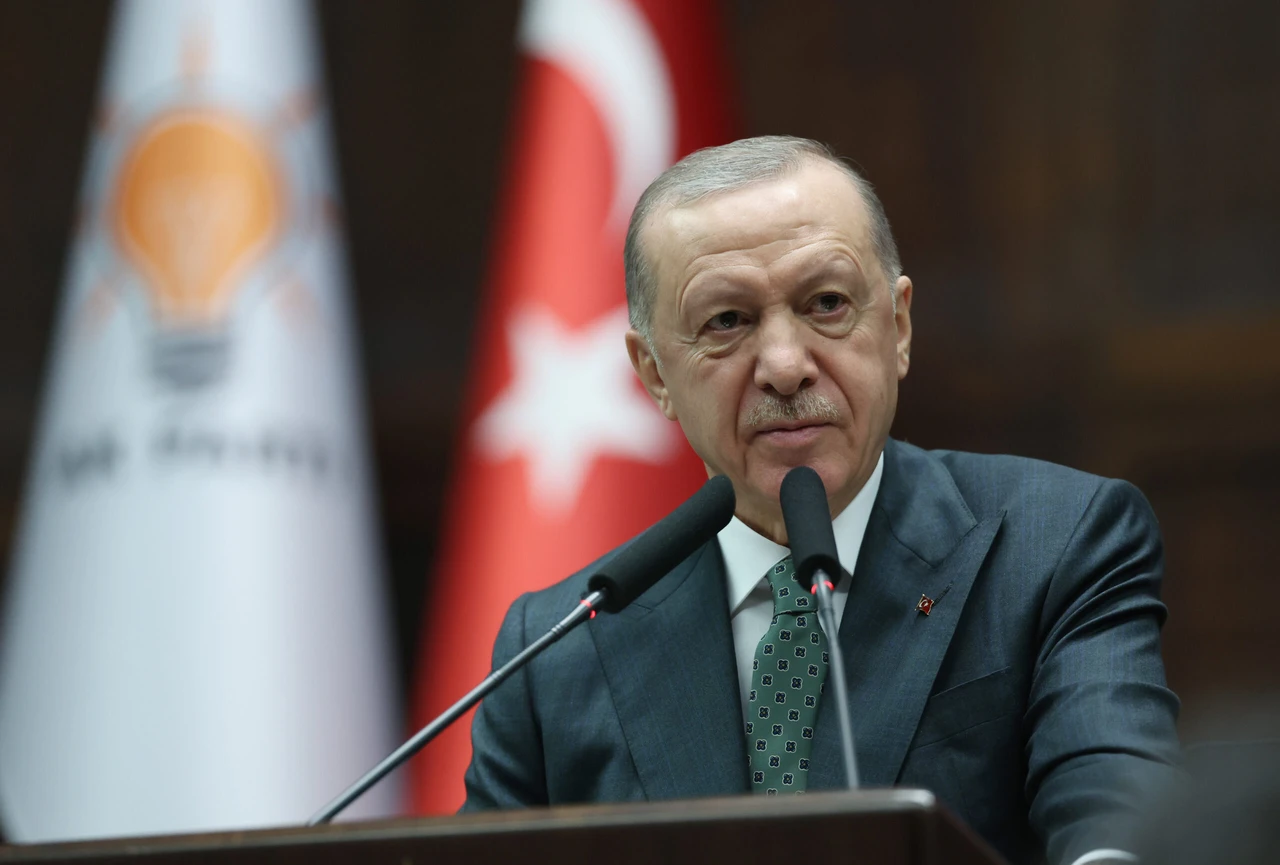Türkiye plans spaceport to launch satellites, gain independent access to space
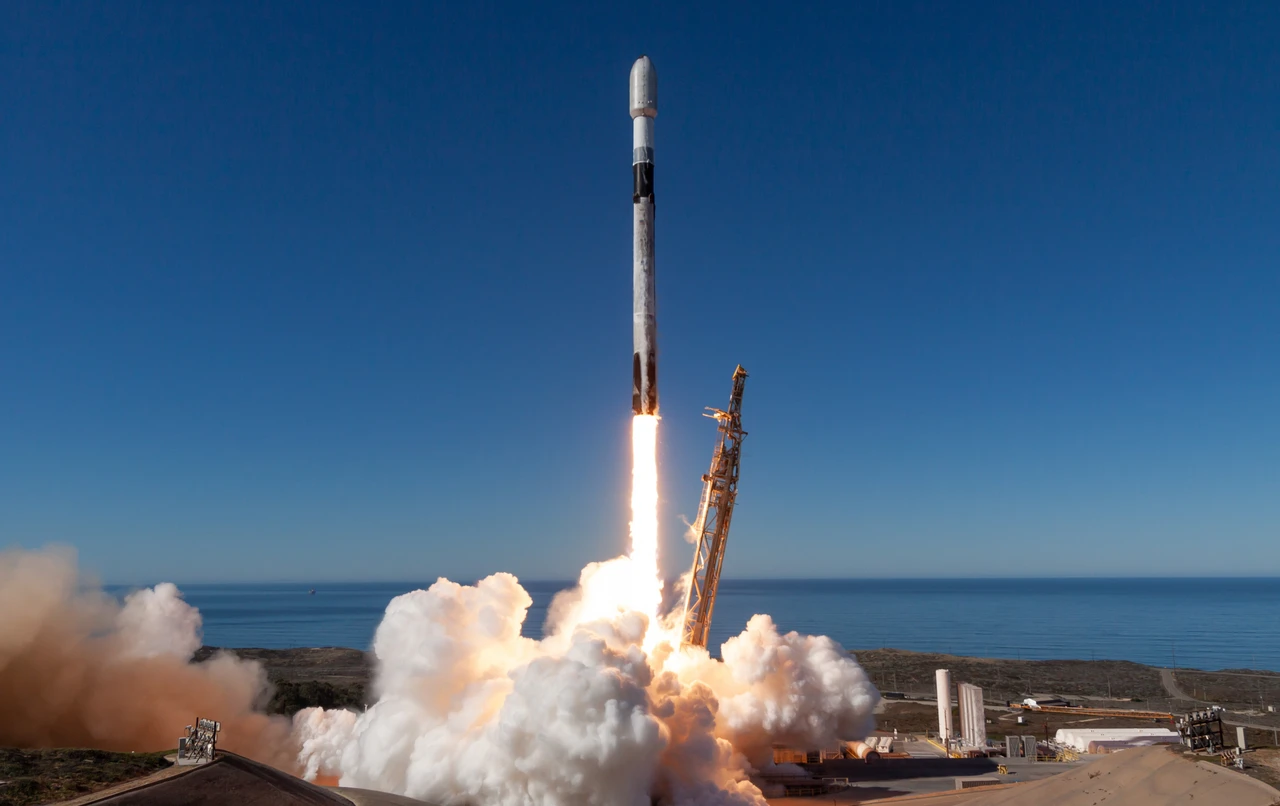 Turkish space firm Fergani Space launched its first satellite, the firm announced 15 January, 2025 on X (Handout / SpaceX / AA)
Turkish space firm Fergani Space launched its first satellite, the firm announced 15 January, 2025 on X (Handout / SpaceX / AA)
Türkiye is preparing to launch its own spaceport, a key component of its National Space Program, aimed at strengthening the country’s presence and independence in space.
The Spaceport Türkiye project is expected to not only serve national interests but also provide commercial launch services to international clients.
According to information provided by relevant government agencies, efforts are ongoing to select a suitable location for the facility. Discussions are underway with countries near the equator, including Somalia, to maximize launch efficiency.
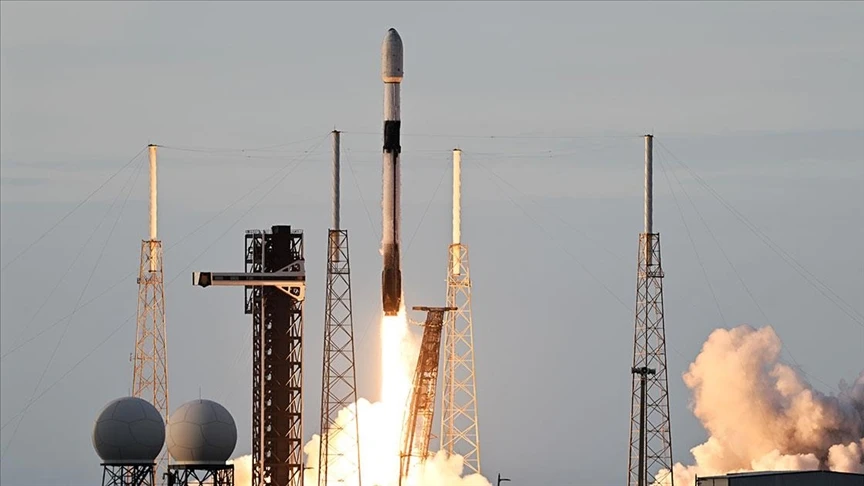
Strategic location under evaluation for Spaceport Türkiye
Authorities and private sector firms are currently evaluating potential sites for the launch facility, with equatorial countries such as Somalia under active consideration.
The equatorial location offers technical advantages for launching satellites into orbit.
Once operational, the spaceport will support independent satellite launches, marking a major step in Türkiye’s ability to access space without relying on foreign platforms.

Initial launches to serve national missions
The facility will initially focus on launching indigenously developed satellites into Low Earth Orbit (LEO) and Geostationary Orbit (GEO).
These missions will be executed using locally designed launch vehicles currently under development.
In later phases, the spaceport is expected to handle commercial satellite launches, generating economic returns and attracting international clients.
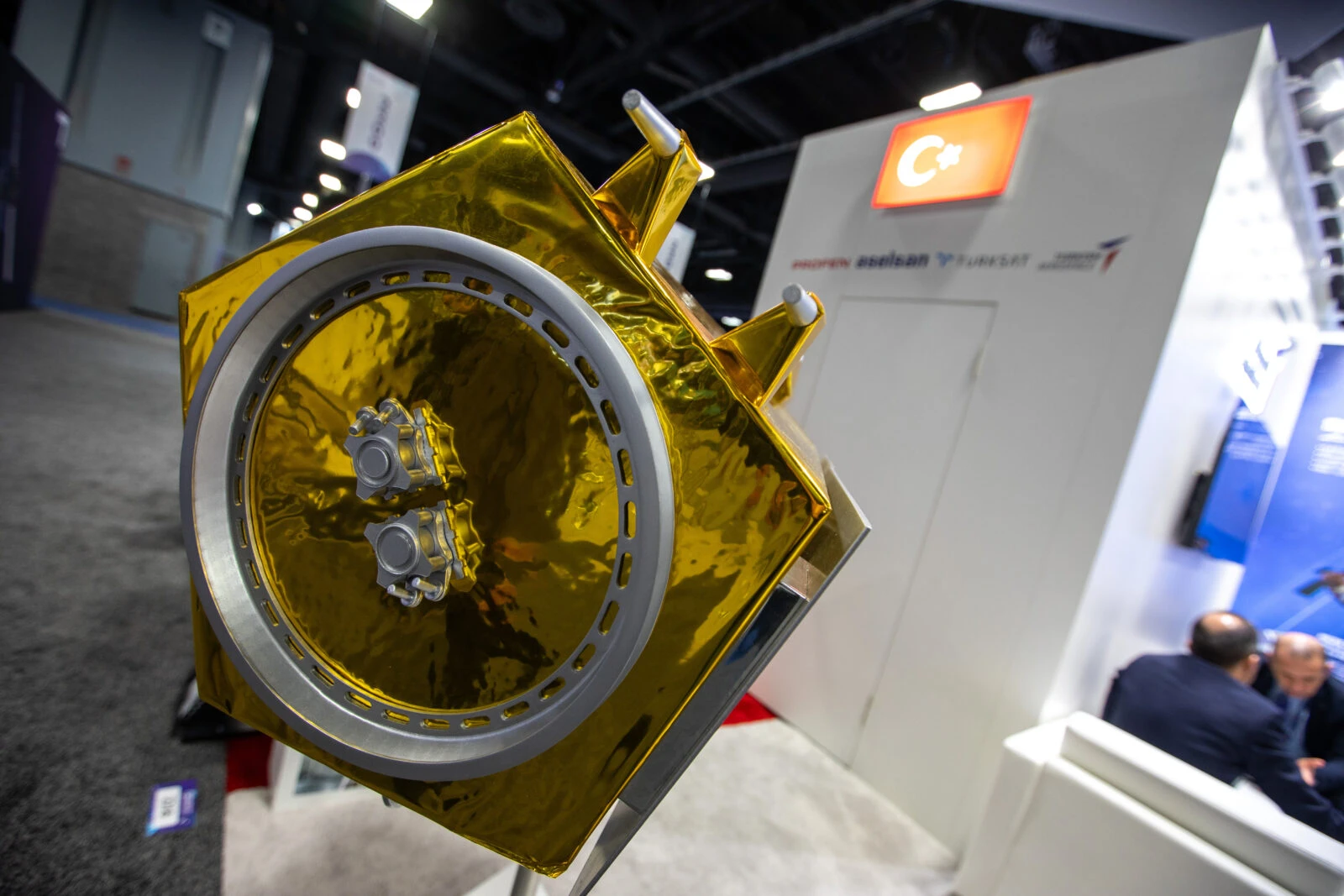
A commercial hub for launch and testing
Beyond national use, the spaceport will be opened to commercial usage, enabling private aerospace firms to conduct tests and satellite launches.
The site will serve as a testing platform for launch vehicles and support the development of a competitive space industry ecosystem in Türkiye.
Boosting indigenous space capabilities
The project is a core element of Türkiye’s 2022–2030 National Space Program, which includes:
- Development of local launch vehicles
- Establishment of R&D and testing infrastructure
- Localization of subsystems and equipment
- National and international cooperation in space technologies
The program emphasizes achieving self-reliance in critical space technologies, including independent access to space and the ability to operate a fully functional spaceport.
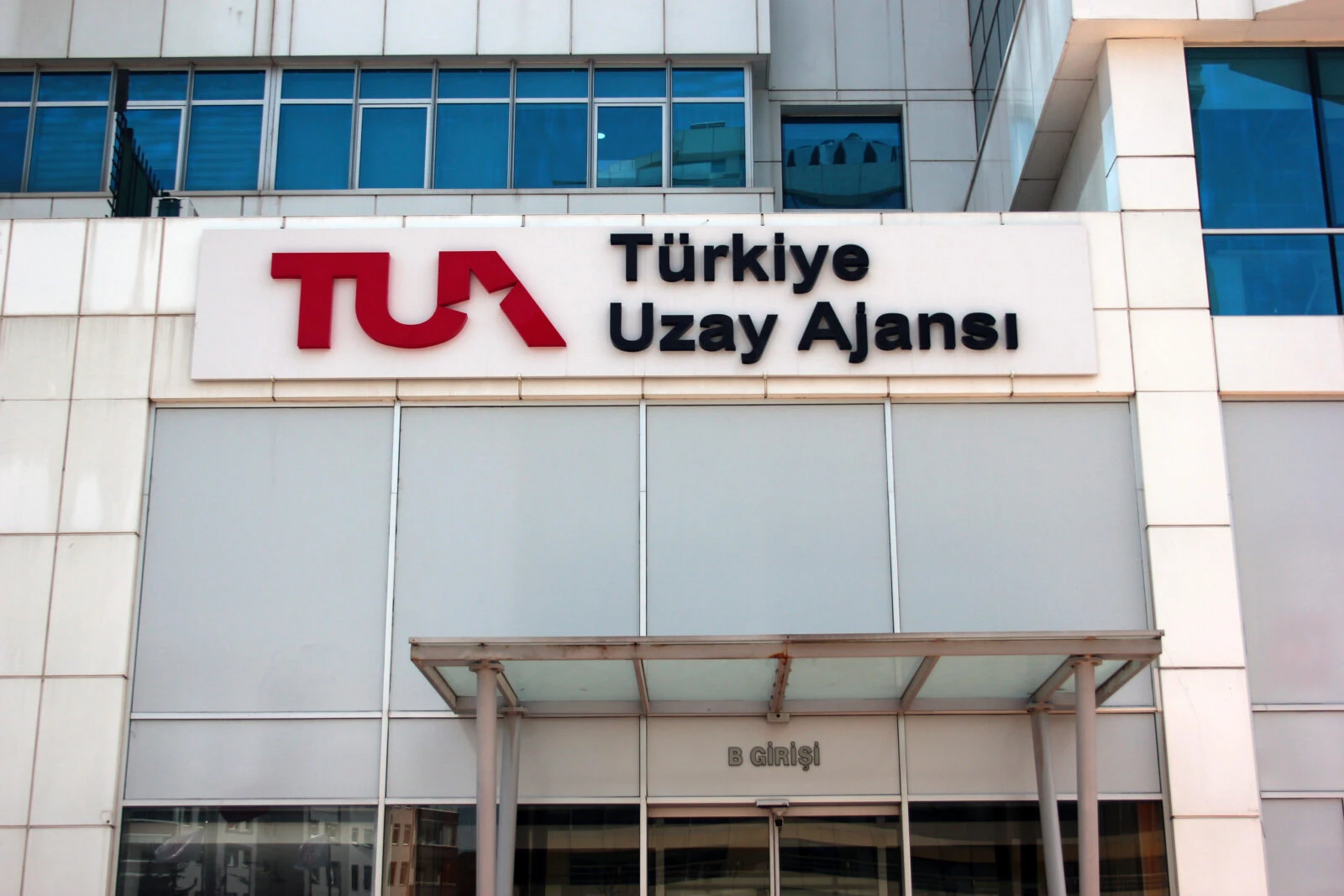
Long-Term Goals: Moon mission and beyond
The broader roadmap includes:
- Human spaceflight missions
- Türkiye’s first Moon contact mission (AYAP-1) by 2026
- Development of a lunar rover (AYAP-2) for surface exploration
- Creating a regional positioning and timing system
- Investment in space weather and atmospheric monitoring
- Enhancing capabilities in astronomical observation and space object tracking
- Establishing a space technology development zone
The Moon mission will begin with an orbital reconnaissance phase, followed by a surface landing using a rover in a later stage.


